
Inflation has made frugal grocery shopping a necessity for millions of Americans. But the cheapest options aren’t always the ones you’d expect. Behind the familiar chains are a handful of quietly radical players, companies rethinking everything from ownership structures to supply chain logistics.
Some are employee-owned. Others run like warehouses. A few are driven by European efficiency. All are reshaping what “affordable” really means. These nine standout grocers have figured out how to lower prices without cutting corners, often saving families hundreds each month. As you’ll see, their strategies aren’t just about slashing costs, they’re redefining the grocery game itself.
Lidl
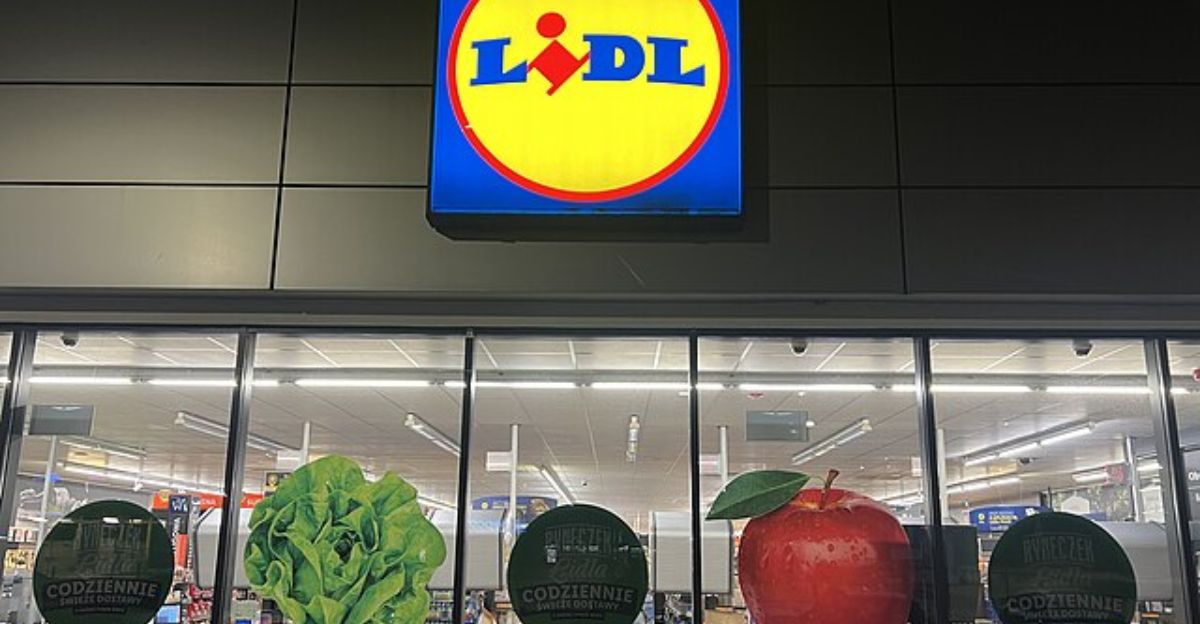
While giants like Walmart hog the spotlight, German grocer Lidl is quietly winning the value war. A staggering 81.4% of shoppers return for its unbeatable prices, thanks to a stripped-down model that cuts costs without sacrificing quality.
Since opening in Virginia in 2017, Lidl has expanded across East Coast cities with a minimalist, warehouse-style approach that slashes staffing and boosts efficiency. Its “Super-EST Market” campaign promotes curated selections that balance quality and affordability.
One study pegged the weekly cost of essentials at just $54.24, less than most national competitors. In a world obsessed with flash, Lidl proves that lean, smart, and simple can win over American shoppers.
WinCo Foods
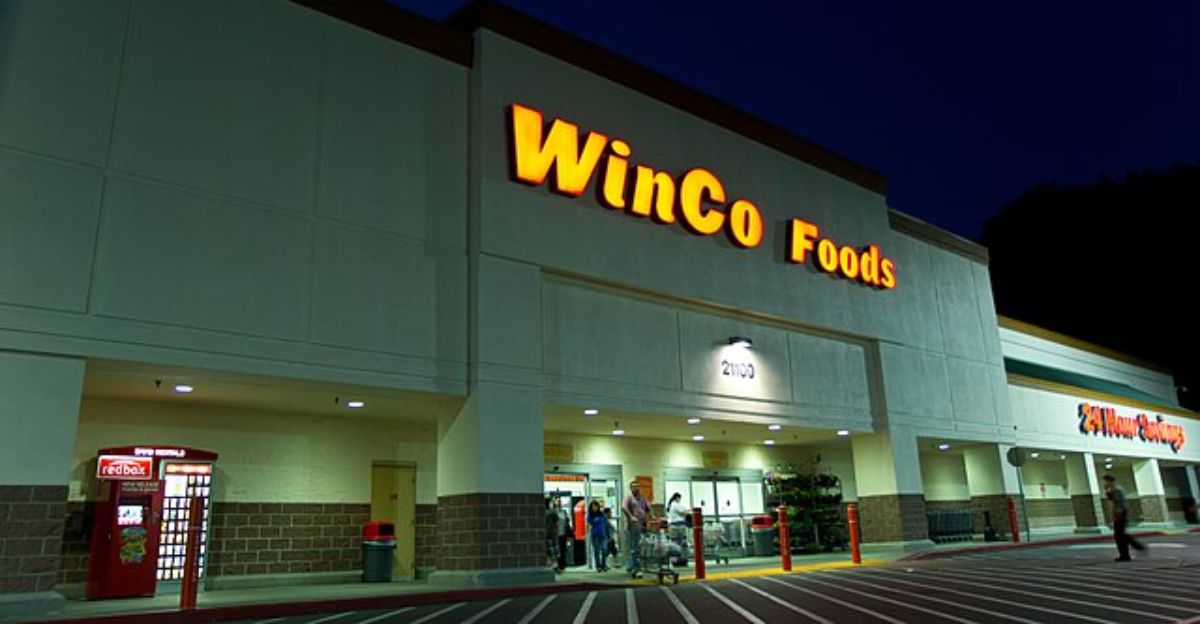
WinCo isn’t just another discount grocer, it’s a radical experiment in employee ownership. Through its ESOP model, every worker earns shares in the company, creating a workforce with skin in the game. That pride shows: 73.1% of shoppers cite value as their top reason for returning.
With 139 stores across 10 states, WinCo buys straight from producers, dodges the middleman, and leans into bulk bins for serious savings. Its model routinely beats corporate giants on productivity and retention. By giving workers real stakes and customers real value, WinCo challenges everything we assume about how grocery chains should run, and win.
Market Basket
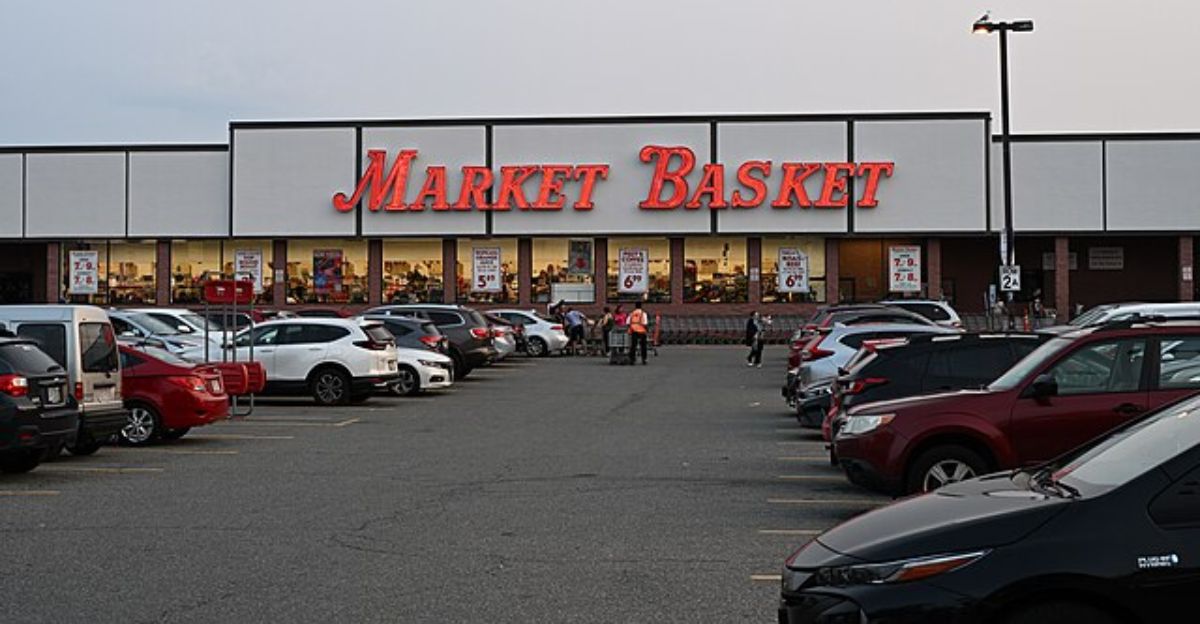
Market Basket keeps prices low and morale high, and does it all without a mega-corporate parent. This New England institution pays vendors immediately, earning pricing perks most retailers can’t match. The result? Consistently stocked shelves and prices 20% lower than the competition. Even its workforce sees the rewards, entry-level wages start at $12, well above local minimums. Loyalty runs deep here.
When beloved CEO Arthur T. Demoulas was ousted, 5,000 employees walked out in protest. They won. Now, the $4.6 billion chain runs lean with no loyalty programs or gimmicks, just straightforward savings backed by volume and trust. Sometimes, doing business the old-fashioned way still works best.
Grocery Outlet
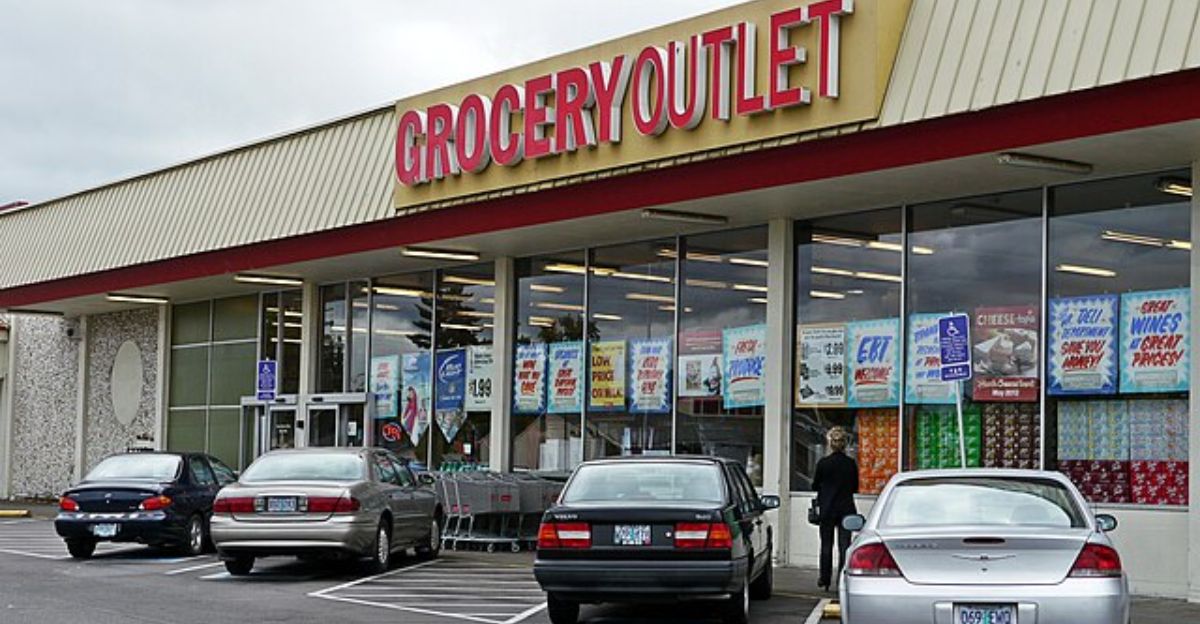
Every visit to Grocery Outlet feels like a deal-filled treasure hunt. Its secret? Opportunistic sourcing. By buying overstocked, near-expiration, or discontinued items, this chain offers prices up to 40% below traditional grocers and 20% below discounters. The unpredictability keeps things fresh, and shoppers loyal.
In fact, 71.4% say low prices are their top reason for returning. Each store is independently operated by local families who adapt inventory to neighborhood tastes. With 520+ stores and plans to open thousands more, Grocery Outlet proves you don’t need a conventional supply chain to deliver big savings. One store’s waste really can be another shopper’s jackpot.
Aldi
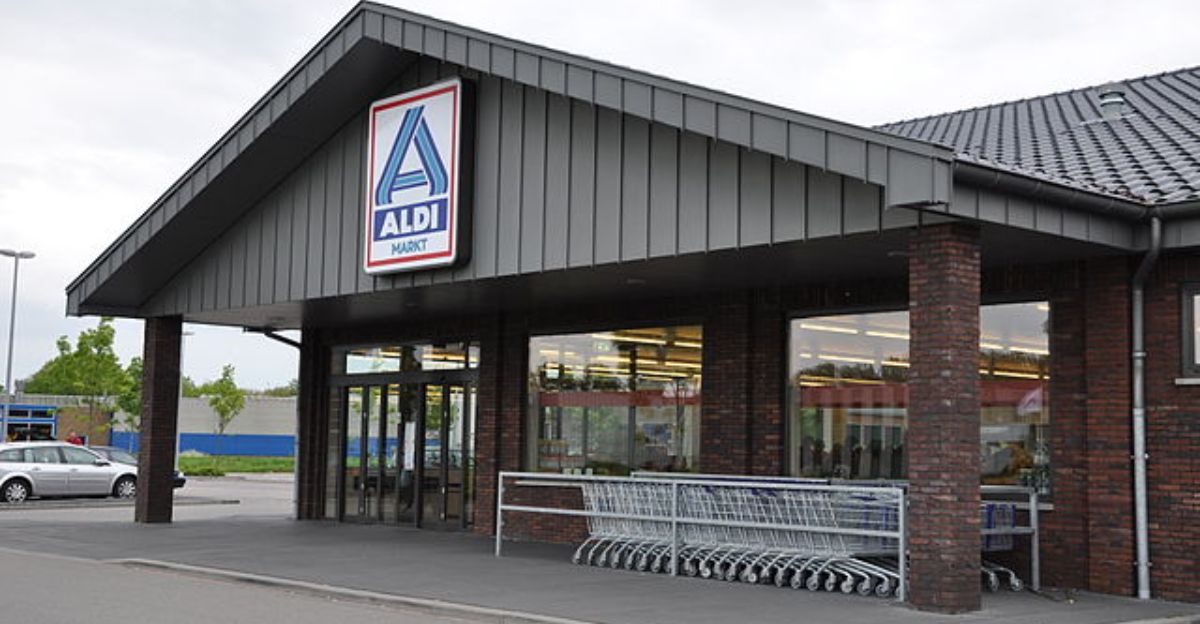
Aldi has reprogrammed how Americans shop by cutting the clutter. Instead of 40,000 products, most stores stock just 1,500 essentials. That focus drives major cost savings, from supply chain to checkout. About 90% of products are store-branded, carts require a deposit, and shoppers bag their own groceries. The payoff? Weekly essentials for just $43.48, including $1.29 bread and $1.71 eggs.
Aldi’s just-in-time inventory system keeps storage costs low, and its standardized layouts streamline staffing. With 2,300 stores and counting, Aldi isn’t just surviving in the U.S., it’s dominating, showing that tight systems and smart design beat big selection any day.
Trader Joe’s
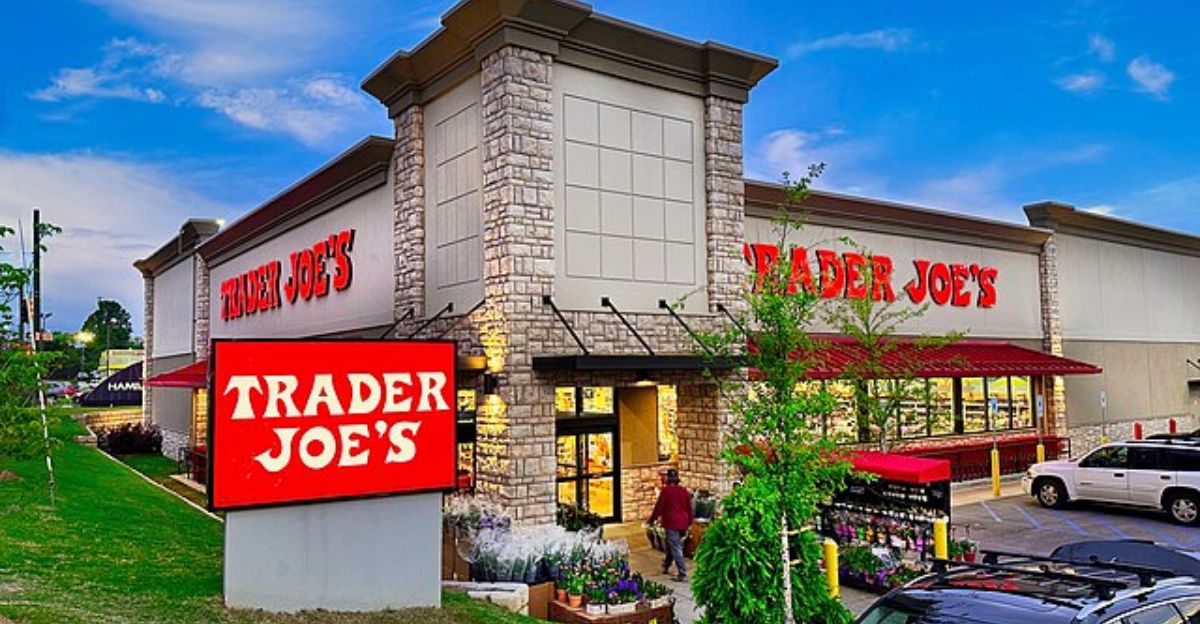
Trader Joe’s has built an empire by doing the opposite of what most grocers do. Instead of touting national brands, it relies almost entirely on unique private-label products you won’t find elsewhere. That control slashes middleman costs and keeps prices about 21.5% lower than standard supermarkets. A 50-item basket recently totaled $160.09 at Trader Joe’s, nearly $40 less than at a typical chain.
With no sales or loyalty programs, the store keeps pricing simple and consistent. Small footprints and limited inventory also curb overhead. It’s not flashy, but $2.29 spinach and $10.99 olive oil make a compelling case for loyal shoppers.
Food4Less

Food4Less doesn’t do polished displays or posh lighting, and that’s the point. Owned by Kroger, this warehouse-style chain is built for budget-focused shoppers, especially working families. With most locations in California, the stores stack products in boxes and pallets, cutting labor and shelving costs. That “bare bones” vibe is more than aesthetic, it’s strategy.
By eliminating extras, Food4Less keeps prices rock-bottom without compromising on essentials. As part of Kroger’s empire, it shows how even the biggest players can thrive in the value space if they commit to stripping things down. For many, the savings speak louder than any branding.
Price Rite
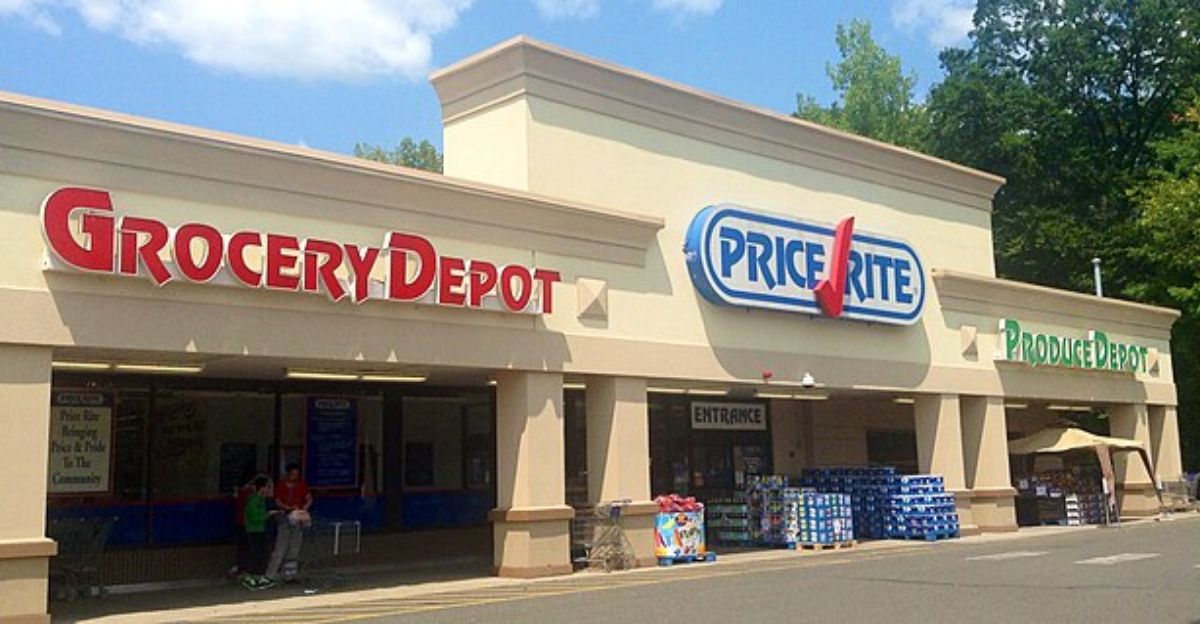
Price Rite has carved out a loyal following in the cutthroat Northeast grocery market by doing one thing exceptionally well: offering real savings. While it lacks the reach of national chains, Price Rite proves that deep regional knowledge can beat broad scale. When the mission is simple, save people money, smaller players like this can deliver bigger results.
Fareway
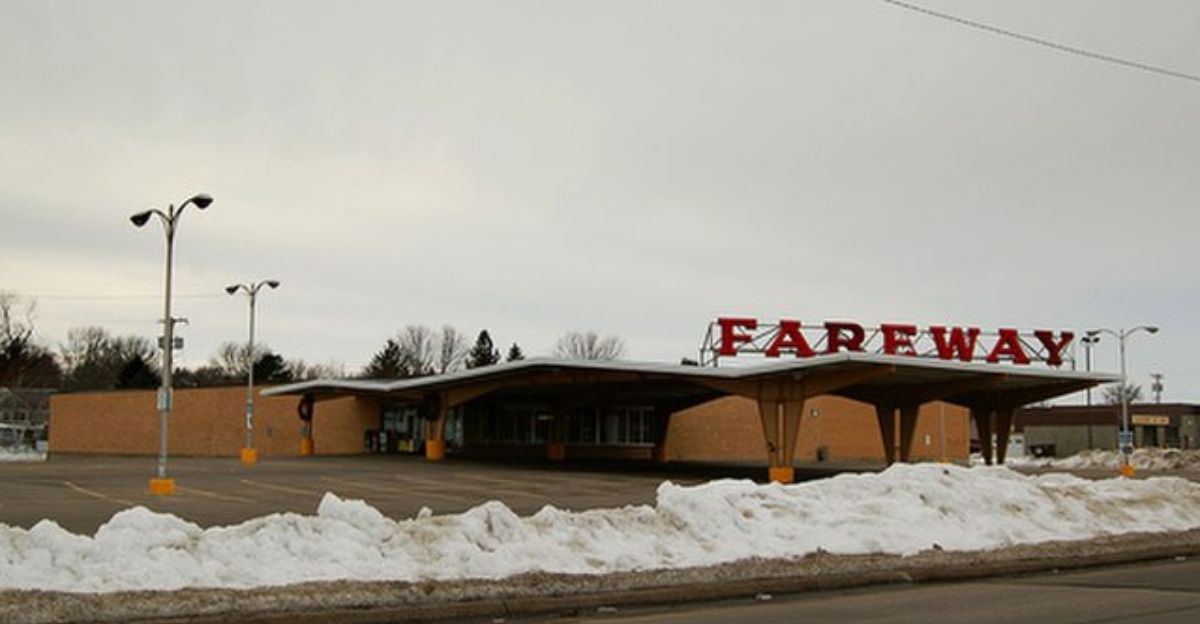
Fareway Stores feel like a throwback, with Sunday closures, full-service meat counters, and baggers who carry groceries to your car. But don’t let the nostalgia fool you. With more than 130 stores across seven states, this family-owned chain consistently ranks among the country’s most affordable. Its strong ties to local farmers lower costs on fresh meat and produce, while community loyalty keeps customers coming back.
Fareway proves that personal service and low prices aren’t mutually exclusive. At a time when many grocers are cutting staff to cut costs, this Midwestern mainstay shows there’s still room for kindness and savings in the same aisle.
The Future of Grocery Value: Why These Chains Are Winning
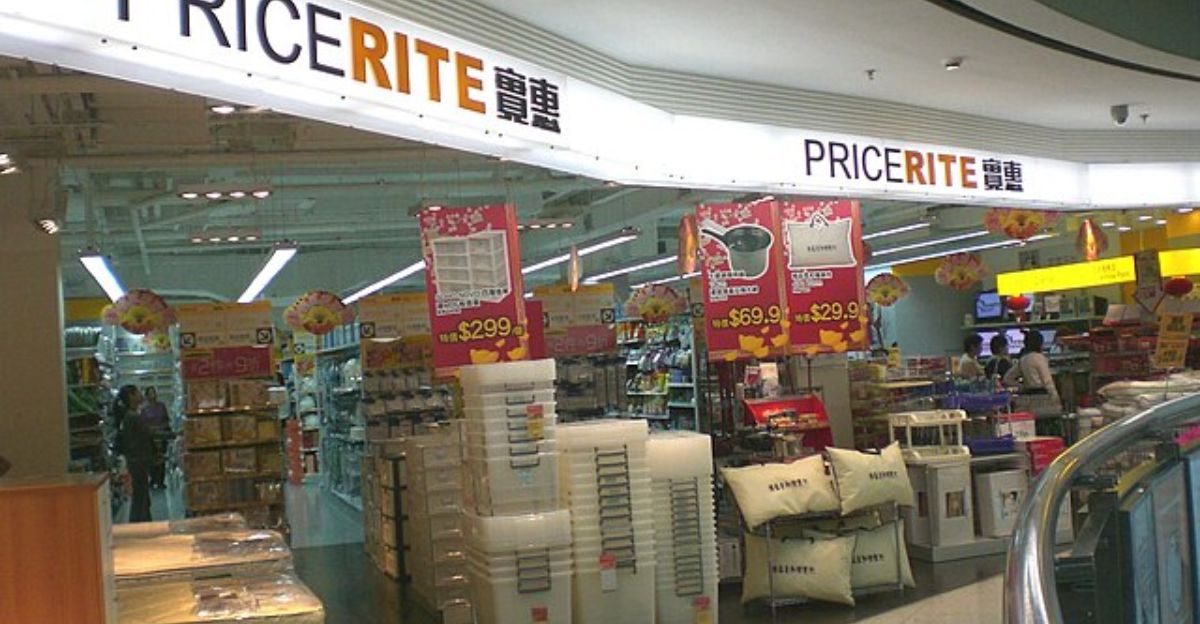
Affordable groceries aren’t just about price tags, they’re about the value they offer with that price tag. Chains like WinCo and Market Basket show how ownership structures and supplier relationships shape bottom lines. Others, like Aldi and Grocery Outlet, reinvent inventory and sourcing to cut costs at scale. The lesson? Long-term savings come from bold, structural moves, not gimmicks.
In a high-inflation world, these retailers aren’t just surviving; they’re thriving by rethinking what a grocery store should be. As families look for more sustainable ways to feed themselves, the real disruptors may not be the loudest brands, but the ones doing things differently behind the scenes, and passing those savings on to you.
